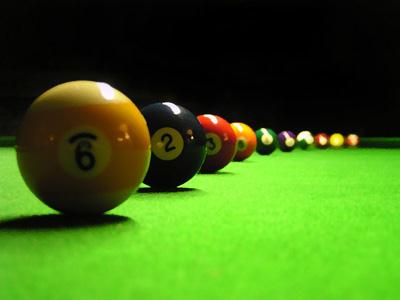Collisions Lab
Purpose: The purpose of this lab was to better understand the difference between elastic and inelastic collisions, and what affect each had on the vector and scalar quantities, specifically momentum (vector) and kinetic energy (scalar).
Background: Scalar vs. Vector:
Elastic vs. Inelastic
Data: We then measured the velocity, momentum, and kinetic energy both before and after the collisions. Then we added the two(before and after) together to find the totals of all three of these things.
Then we found the percent difference of both momentum and energy.
Elastic Collision:
Inelastic Collision:
From this we were able to find the momentum is better conserved than energy(smaller percent difference=less energy given off during a collision). Also that more energy is lost in inelastic collisions than in elastic collisions.
Equation Time!
Momentum:
P=mv
- P=momentum
- m=mass
- v=velocity
Percent Difference:
(Total Before-Total After)/ (Total Before+ Total After/2)(100)
Real Life Connection:
The concept of momentum in collisions relates to the game of pool. You exert a certain amount of force (using the pool stick) on the white ball. The white ball then (if you actually have an accurate shot) hits one of the colored balls. When it collides with colored ball the colored ball bounces off of the white ball and hopefully into the pocket. This is more of an elastic collision because the white ball does not stick to the colored ball, but still moves in that general direction most of the time.








No comments:
Post a Comment